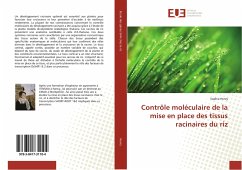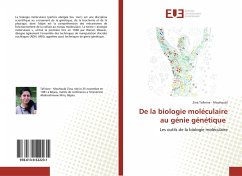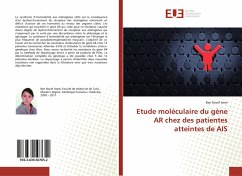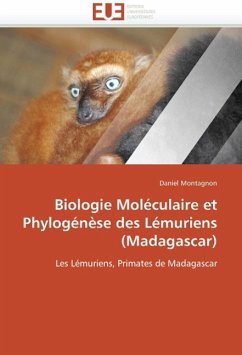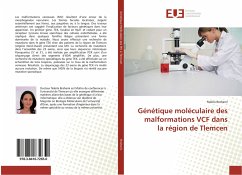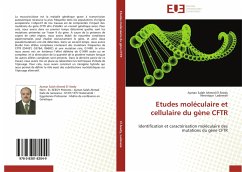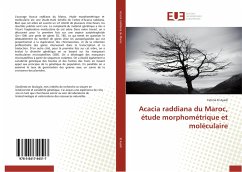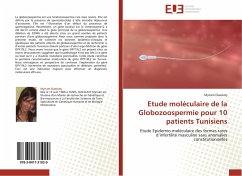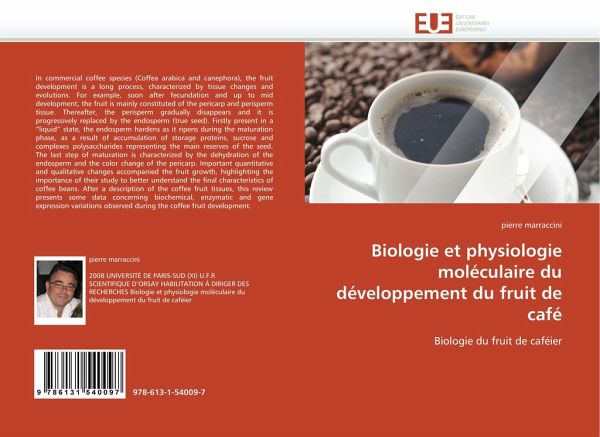
Biologie et physiologie moléculaire du développement du fruit de café
Biologie du fruit de caféier
Versandkostenfrei!
Versandfertig in 6-10 Tagen
25,99 €
inkl. MwSt.

PAYBACK Punkte
13 °P sammeln!
In commercial coffee species (Coffea arabica and canephora), the fruit development is a long process, characterized by tissue changes and evolutions. For example, soon after fecundation and up to mid development, the fruit is mainly constituted of the pericarp and perisperm tissue. Thereafter, the perisperm gradually disappears and it is progressively replaced by the endosperm (true seed). Firstly present in a liquid state, the endosperm hardens as it ripens during the maturation phase, as a result of accumulation of storage proteins, sucrose and complexes polysaccharides representing the main...
In commercial coffee species (Coffea arabica and canephora), the fruit development is a long process, characterized by tissue changes and evolutions. For example, soon after fecundation and up to mid development, the fruit is mainly constituted of the pericarp and perisperm tissue. Thereafter, the perisperm gradually disappears and it is progressively replaced by the endosperm (true seed). Firstly present in a liquid state, the endosperm hardens as it ripens during the maturation phase, as a result of accumulation of storage proteins, sucrose and complexes polysaccharides representing the main reserves of the seed. The last step of maturation is characterized by the dehydration of the endosperm and the color change of the pericarp. Important quantitative and qualitative changes accompanied the fruit growth, highlighting the importance of their study to better understand the final characteristics of coffee beans. After a description of the coffee fruit tissues, this review presents some data concerning biochemical, enzymatic and gene expression variations observed during the coffee fruit development.





